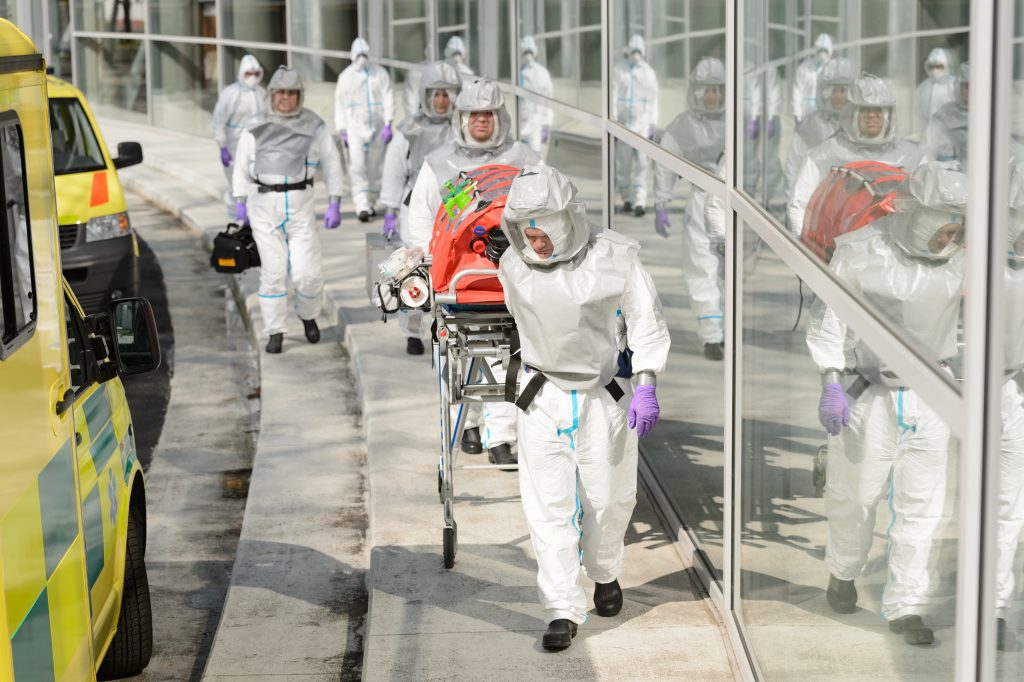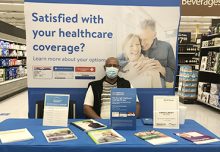US Takes First Place with the Number of Coronavirus Cases
Early Friday, March 27th the United States surpassed China with the total number of reported cases of the novel coronavirus. The current amount of cases is over 85,000. Governors all around the country are issuing stay at home orders. “Now is not the time to die,” Colorado Governor Jared Polis announced while issuing a stay at home order for the state. The United States also recently surpassed 1,000 and global deaths surpassed 20,000.
Number of Coronavirus Cases Continues to Rise
Cases have continued to rise all across the country. There are many counties that are popping up as “hot spots”. This is leading to a significant community spread and causing things to only get worse for Americans. With hitting over 85,000 cases and surpassing Italy and China the US needs to focus on its citizens and how it can prevent more of the spread. That’s why we have essentially closed our borders to non-essential travel and in some cases foreigners.
What is Community Spread?
“The virus that causes COVID-19 seems to be spreading easily and sustainably in the community (“community spread”) in some affected geographic areas. Community spread means people have been infected with the virus in an area, including some who are not sure how or where they became infected,” states the CDC.
There’s Light at the End of the Tunnel
The coronavirus has gotten to a point where we know the best practices, many Americans are actually taking this seriously. Giving us the opportunity to focus on recovery and treatment. We could be closer to the end of the tunnel that we were initially thinking. However, this all depends on how we treat the virus.
What the CDC recommends
Know How it Spreads
- There is currently no vaccine to prevent coronavirus disease 2019 (COVID-19).
- The best way to prevent illness is to avoid being exposed to this virus.
- The virus is thought to spread mainly from person-to-person.
- Between people who are in close contact with one another (within about 6 feet).
- Through respiratory droplets produced when an infected person coughs or sneezes.
- These droplets can land in the mouths or noses of people who are nearby or possibly be inhaled into the lungs.
Take steps to protect yourself
Clean your hands often
- Wash your hands often with soap and water for at least 20 seconds especially after you have been in a public place, or after blowing your nose, coughing, or sneezing.
- If soap and water are not readily available, use a hand sanitizer that contains at least 60% alcohol. Cover all surfaces of your hands and rub them together until they feel dry.
- Avoid touching your eyes, nose, and mouth with unwashed hands.
Avoid close contact
- Avoid close contact with people who are sick
- Put distance between yourself and other people if COVID-19 is spreading in your community. This is especially important for people who are at higher risk of getting very sick.
Take steps to protect others
Stay home if you’re sick
- Stay home if you are sick, except to get medical care. Learn what to do if you are sick.
Cover coughs and sneezes
- Cover your mouth and nose with a tissue when you cough or sneeze or use the inside of your elbow.
- Throw used tissues in the trash.
- Immediately wash your hands with soap and water for at least 20 seconds. If soap and water are not readily available, clean your hands with a hand sanitizer that contains at least 60% alcohol.
Wear a face mask if you are sick
- If you are sick: You should wear a face mask when you are around other people (e.g., sharing a room or vehicle) and before you enter a healthcare provider’s office. If you are not able to wear a face mask (for example, because it causes trouble breathing), then you should do your best to cover your coughs and sneezes, and people who are caring for you should wear a mask if they enter your room. Learn what to do if you are sick.
- If you are NOT sick: You do not need to wear a face mask unless you are caring for someone who is sick (and they are not able to wear a mask). Face masks may be in short supply and they should be saved for caregivers.
Clean and disinfect
- Clean AND disinfect frequently touched surfaces daily. This includes tables, doorknobs, light switches, counter tops, handles, desks, phones, keyboards, toilets, faucets, and sinks.
- If surfaces are dirty, clean them: Use detergent or soap and water prior to disinfection.
Stay safe, and follow guidance from local health professionals.
Since insurance is oftentimes overwhelmingly confusing, we want to shed light on this industry by answering YOUR questions so submit a comment below!
Get affordable health insurance quotes by clicking here.




